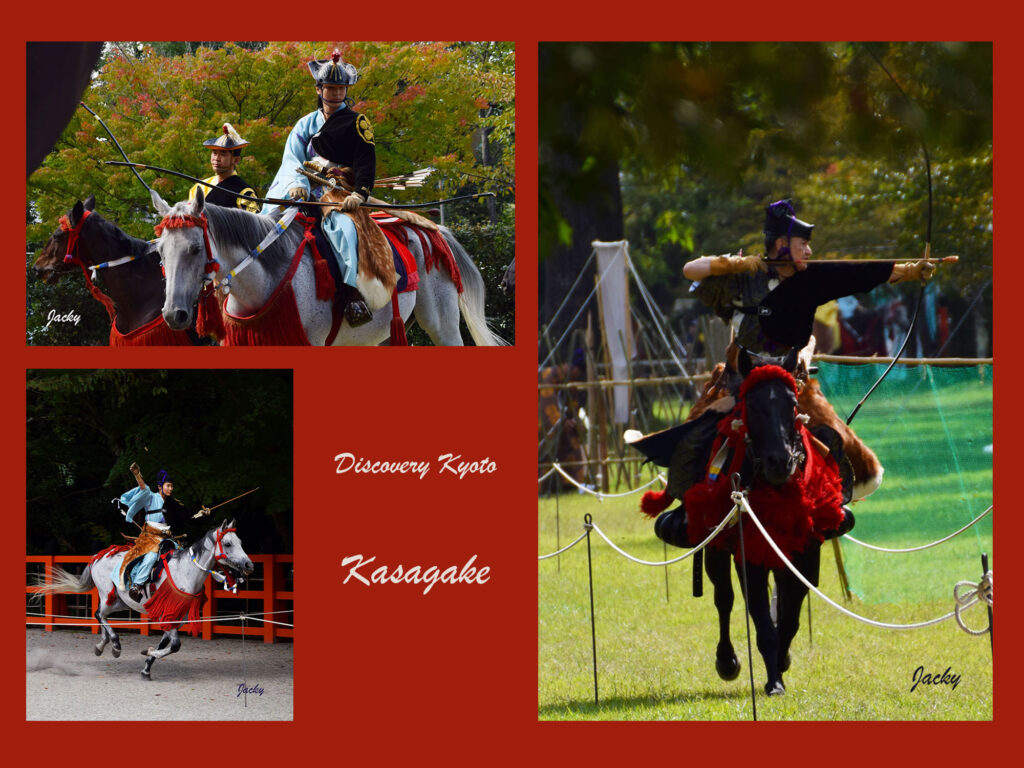
And where the city is in effervescence, because it is the beginning of the spring activities and the Matsuri.
.
I would focus on horses, which have lived side by side with human beings since ancient times.
Many of them have played and still play an active role in Japanese history, such as in festivals held in Kyoto and other places in Japan.
About eight breeds have been present in Japan since the 6th century and probably come from Asia, the most famous of which is the Kiso Uma.
.

.
The horse was and still is considered as sacred in the Shinto religion.
Used at first for agriculture or beasts of burden…
The military found him qualities of resistance, he allowed to carry many military and materials.
The Kiso Uma became famous, when warlords and samurais used it for fighting between clans.
Japan later introduced the stallion, coming from the West and more majestic than the Kiso horse.
Like the military, the horses were usually owned by the imperial court.
Around 1093, the Kamigamo Shrine inherited the horses, but also the rituals.
For this reason, many of the riders, from generation to generation, are members of the shrine families.
You can now better imagine the horsemen and archers in their period costumes, on their beautiful and colorful steeds dating back to the Heian period.
.

.
Yabusame Shinji, or mounted archery ritual.
During the Kamakura period, the first shōgun Minamoto no Yoritomo was alarmed by the lack of archery skills of his samurai.
He imposed this practice as a military drill to keep the samurai ready for war, but more importantly to please the gods who watch over Japan.
To be the best Yabusame archer is a great honor and means to have the favor of the gods who protect Japan.
.
Kakeuma Shinji is an acrobatic horseback riding event dating back to the samurai period.
The acrobatics on horseback, are in fact military techniques of defense or attack on horseback to avoid arrows or other weapons, infiltrate the enemy discreetly while hanging on the side of the horse and release arrows to the rear of the front with information about the enemy, etc..
The various techniques seem to have been influenced by continental acrobatics in the mid-Edo period.
.
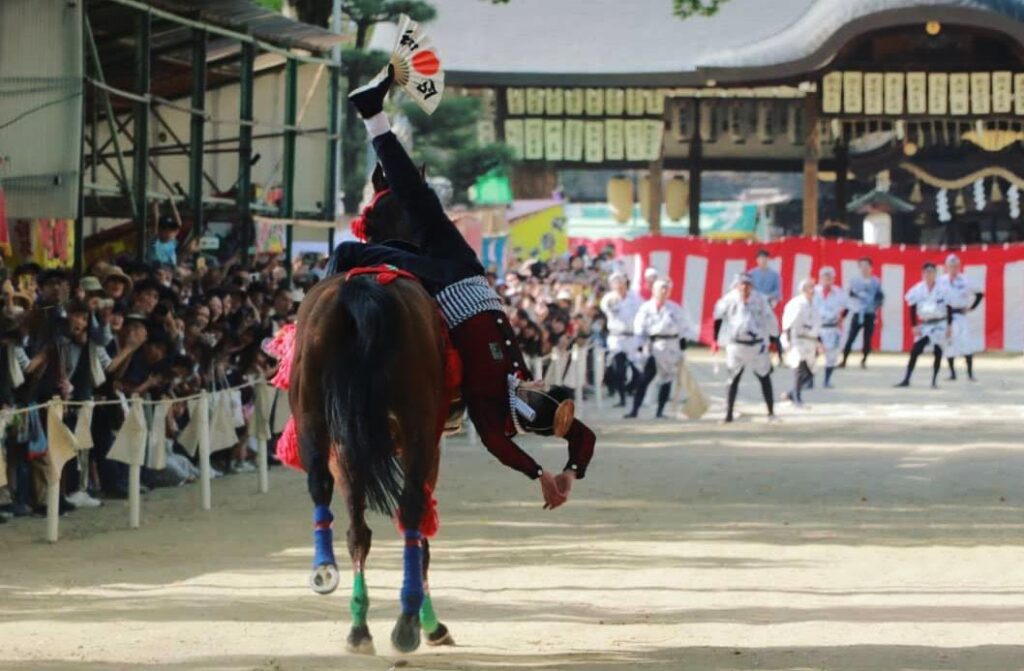
.
Kamo Kurabeuma is a race between two horses and used to be held at the court during the boys’ festival *, to pray for peace and a good harvest (* originally Tango no sekku)The competitions in the past were with 20 horses, over a distance of about 200 meters. Riders not only compete for speed, but also have to learn various riding manners and techniques. In recent years, the competitions are between 5 and 10 horses. The current Kurabeuma is said to be the origin of horse racing in Japan.
.
Aoi Matsuri, the first of the three most important festivals in Kyoto.
The festival commemorates the time when Emperor Kinmei (539-571) sent a retinue from the imperial palace to Shimogamo-Jinja and Kamigamo-Jinja shrines in the hope of appeasing the deities. At that time during his reign, the country was ravaged by heavy rains, typhoons and crop failure…
Since then, the Matsuri has grown with some stops due to wars, moving from the ancient capital Heian-Kyo to Tokyo, etc.
In 1885, the matsuri was revived as part of a government plan to enliven Kyoto.nFrom 1944, due to World War II, the parade was cancelled, but the rituals in the shrines continued to be held. The matsuri was again annual from 1953 until today…

.
In 1956, the Matsuri included Princess Saiō in the procession.
Saio was an imperial princess of the Heian period who served at both shrines (Kamigamo and Shimogamo).
Currently, the princess is called Saio-dai, as she is not a member of the imperial family, but she must be unmarried with ties to Kyoto.
The Aoi festivities last for a good part of May, and Saio-dai will be present at all the activities in Kyoto city.
It is a great honor that costs a lot of money to the family of the chosen one and is usually chosen among the wealthy families of Kyoto city.
The Aoi Matsuri, where more than 500 extras are dressed in the aristocratic style of the Heian period (794-1185) walk from the imperial palace to the Kamo shrines.
Some horsemen on their beautiful steeds accompany the parade, like the emperor’s messenger.
He is one of the most important figures of the Aoi Matsuri.
Today, the matsuri includes a procession from the Imperial Palace to Kamigamo-jinja Shrine.
Other activities and matsuri will take place during the summer until the end of September, but that is another story…

Writer: Jacky De Greef
Website: https://abcsolution.wixsite.com/discovery-kyoto
Kyoto and Japan Disvovery FB: https://www.facebook.com/DiscoveryKyoto/
Books “Discovery Kyoto”: https://abcsolution.wixsite.com/discovery-kyoto/books
(5/11/2022)

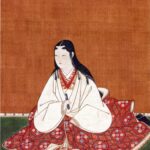
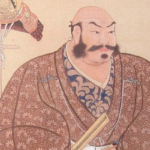
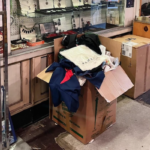

A very interesting article. I think we easily focus on the image of the samurai but we forget just as easily the importance of his mount. The overview of the matsuri that Jacky De Greef offers us is magnificent. I would love to have the opportunity to attend one of these matsuri.
Thank you Sébastien 😊